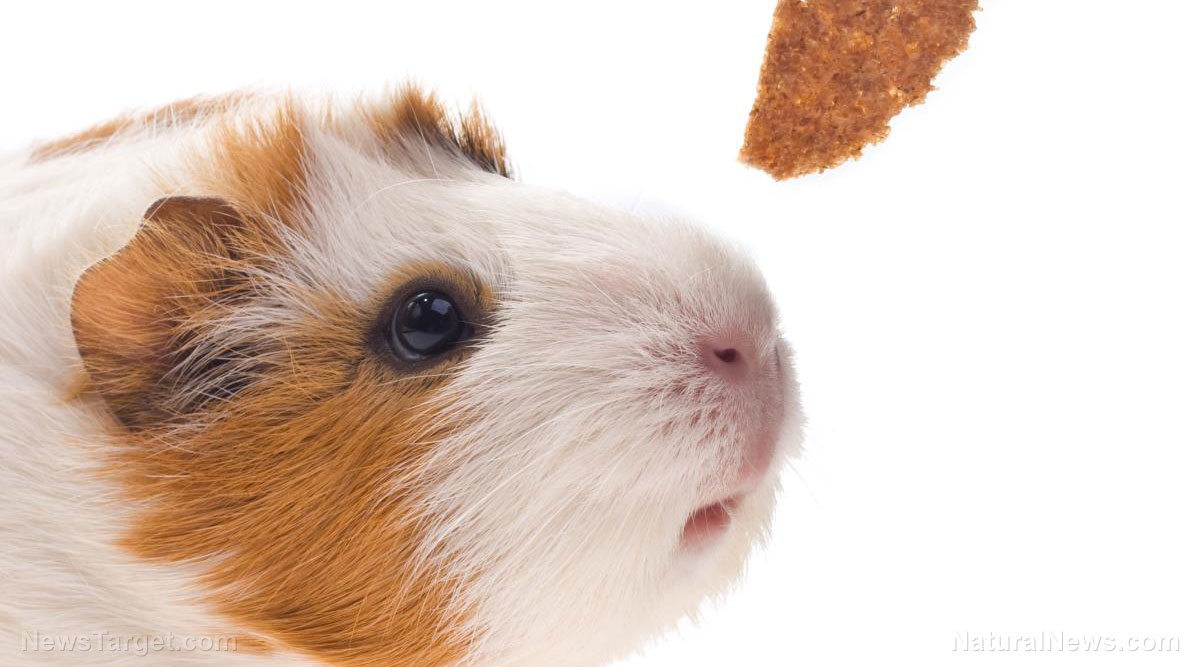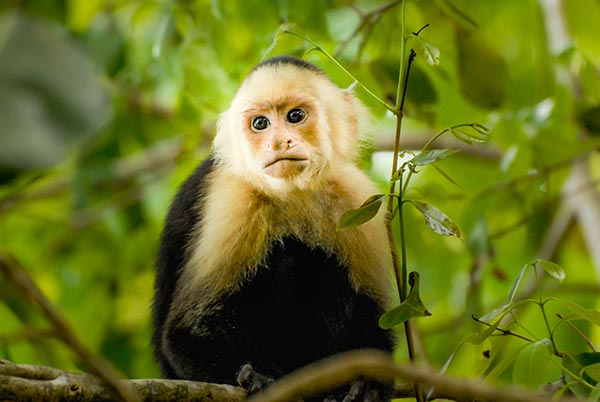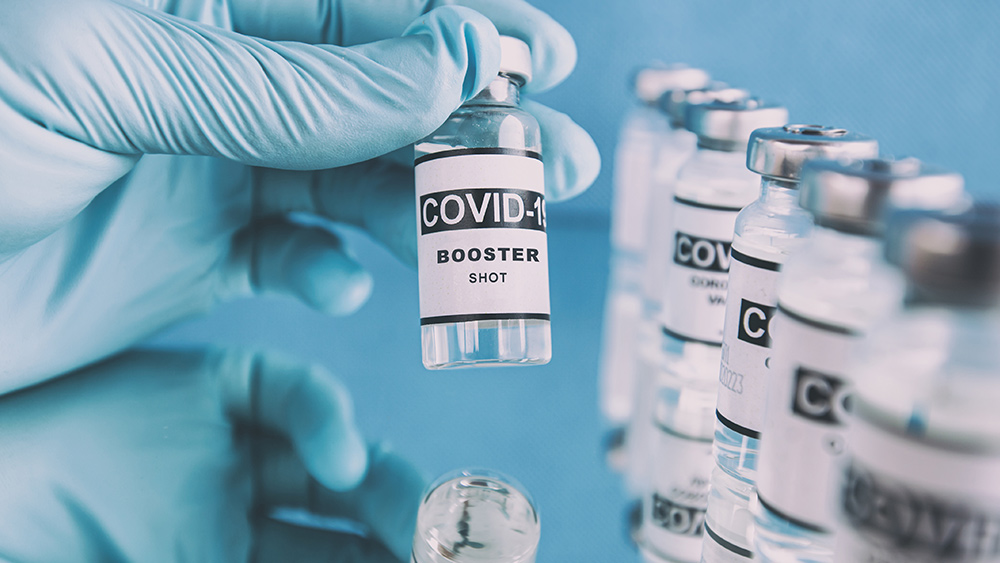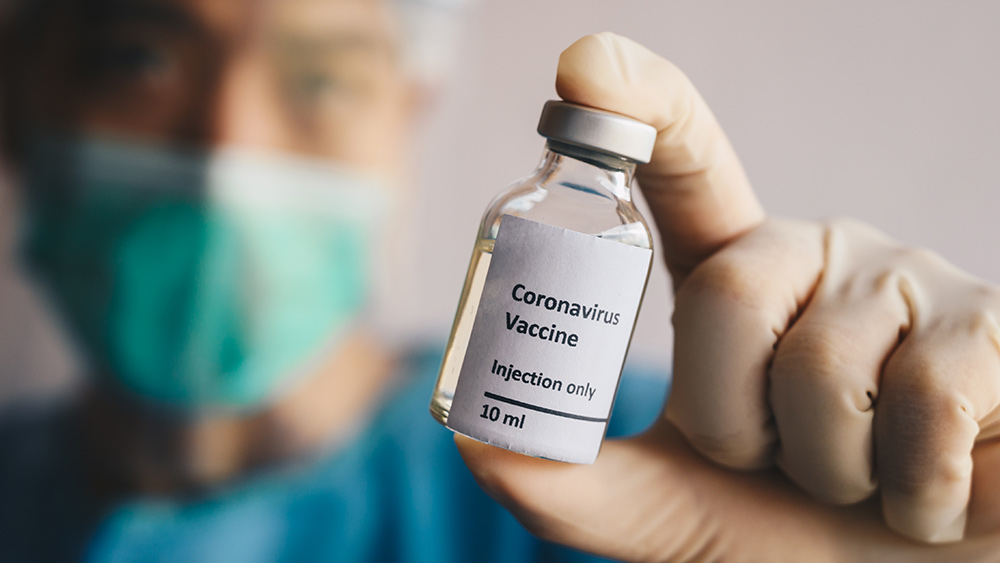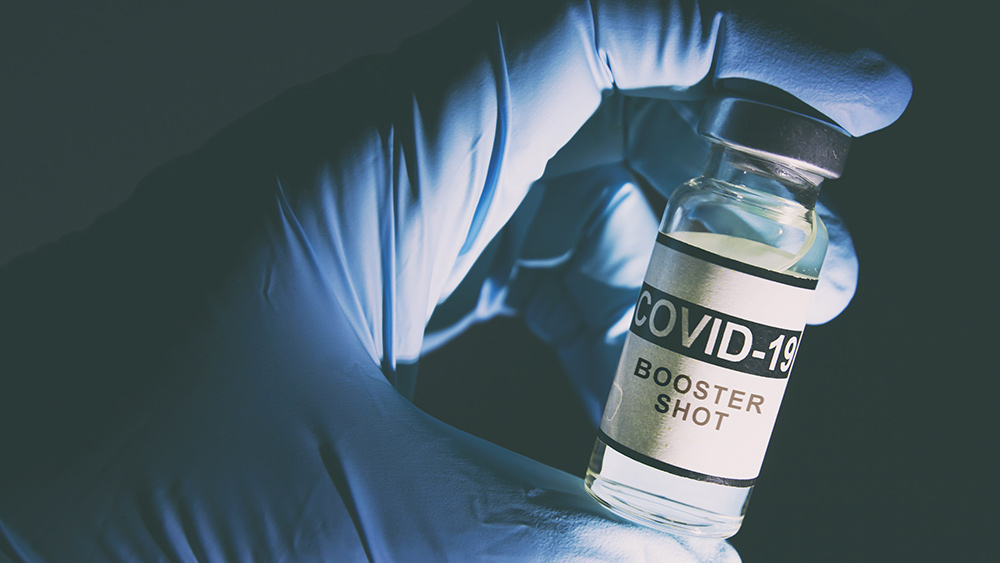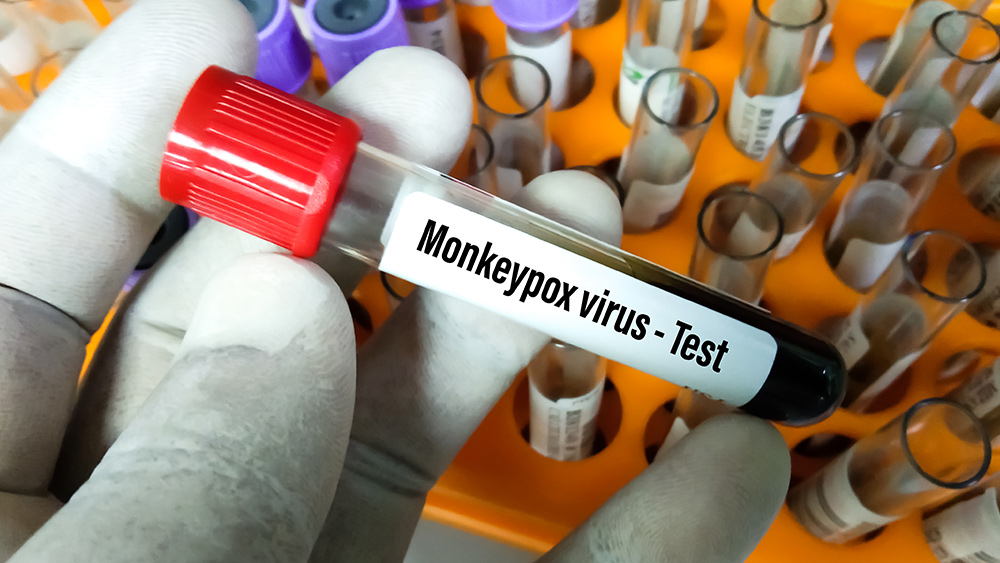What’s a fabella? Human bone said to be “lost to evolution” now reappearing, linked to osteoarthritis
09/24/2019 / By Cassie B.

How many bones are in the human body? You might have been taught in school that the answer is 206 – but that figure is wrong for 40 percent of the population as a human bone that was once said to be “lost to evolution” is making a big comeback.
The bone in question is called the fabella, and you just might have one in your knee without even realizing it. The bone’s name means “little bean,” and its size makes it easy to miss. It is known as a sesamoid bone because it grows in the tendon of a muscle; your kneecap is the biggest example of such a bone in the human body. The fabella is a small bone that can be found buried inside a tendon behind the knee.
Studies of more than 21,000 people dating back to 1875 illustrate the drop – and subsequent rise – in the presence of this bone. In 1875, 17.9 percent of people had a fabella. In 1918, just 11.2 percent of the global population had this bone in a rapid shift that remains unexplained, but that figure has now climbed back up to 39 percent in a dramatic 3.5-fold increase.
Scientists from the Imperial College London aren’t sure exactly why the bone is reemerging, but they do believe it’s linked to the joint problems many people suffer. Dr. Michael Berthaume, the lead author of analysis on the bone that was published in the Journal of Anatomy, said that even its function is a mystery, admitting: “We don’t know what the fabella’s function is – nobody has ever looked into it!”
He speculates that it could be there to reduce friction in tendons or redirect muscle forces but admitted it may not serve any purpose at all. In monkeys, the fabella can serve as a secondary kneecap, providing greater mechanical force and leverage, but it has also been disappearing in monkeys and apes.

Many questions remain about mysterious bone
The bone may be pointless, but it’s interesting to note that people with arthritis are twice as likely to have a fabella. It’s not known whether it actually causes knee osteoarthritis, however, or how it might do so. The presence of the bone can also lead to pain and discomfort in general, and it can pose problems during knee replacement surgery.
The shifts in its frequency are taking place faster than what natural selection might explain, so it’s hard to say exactly what’s going on. Although the bone can be found in people across the world, those from Australia and Asia are more likely to have it than people from South America and Europe.
They don’t always appear on MRIs and X-rays, and a third of those who have a fabella have it in only one knee. Researchers say that 10 other bones they’ve studied that would also be easy to overlook have not noted changes in their frequency.
Experts believe there’s a genetic component at play as well as an environmental one. It could be partly explained by nutrition, they say, because people’s leg lengths and muscle mass have increased over time, which can stimulate bone formation.
Essentially, our knees are now under more pressure than before, and sesamoid bones can grow in response to the body’s movements and the forces exerted upon it. However, its prevalence doesn’t correlate with people’s height, so that can’t be the full explanation. Nevertheless, improved nutrition is one of the few environmental changes that has impacted most of the countries around the world in recent years so its role cannot be discounted.
Learning more about this bone and the reasons behind its sudden resurgence could shed greater insight into knee problems and even help improve treatments for conditions like arthritis, in addition to providing some new clues regarding how evolution has been occurring over the past century.
Sources for this article include:
Submit a correction >>
Tagged Under:
arthritis, discoveries, Evolution, fabella, knee osteoarthritis, knee pain, mystery, Osteoarthritis, research
This article may contain statements that reflect the opinion of the author




